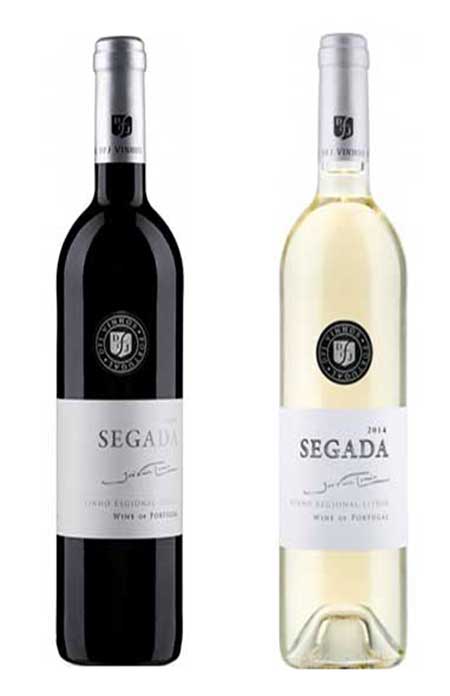
Portugal's Wine History
For many years, Portugal was known to the world’s wine drinkers only for her sweet, fortified wine known as “port.” Grapes are thought to have been grown in what is now Portugal for at least 4000 years, in the valleys of Tejo and Sado, by the Tartessians. Around the 10th Century BC, the Phoenicians seized the trade areas of the Tartessians, including wine-making. Three hundred years later, the Greeks settled in the Iberian Peninsula, and subsequently turned their attention to the art of making wine.
The expansion of Rome into the area around 194 BC contributed to the modernization of wine making, with the introduction of some new varietals and the enhancement of certain cultivation techniques, namely the pruning of wine vines. The great expansion of Christianity into the Iberian Peninsula, starting in the 6th and 7th centuries AD, made wine an essential element of the sacred act of communion – wine was used to celebrate mass.

Portugal's Wine Regions
According to the venerable publication “The World Atlas of Wine”, 7th edition, by Hugh Johnson and Janeis Robinson, Portugal has fourteen (14) wine regions. These regions include Vinho Verde (the largest wine region in Portugal, producing over 85 million liters of wine annually), Douro (the home of port country), and the Lisboa and Península de Setúbal region. The Douro region lays claim to being the world’s first demarcated and regulated wine region (in 1756).
Located west and north of the city of Lisbon on Portugal’s east coast, the Vinho Regional Lisboa (or simply “Lisboa”) was until recently (2008) known as Vinho Regional Estremadura. It is one of the most dynamic and varied regions of wine making in Portugal. Also one of Portugal’s most productive wine regions, Lisboa is home to many co-operatives which produce a wide variety of wines from better grapes such as Syrah and Touriga Nacional.

The Lisboa Region
A long, thin, hilly but charming coastal region along Portugal’s Atlantic coast, Lisboa enjoys fresh seas breezes that keep the vineyards cool, especially on the vineyards’ seaward sides. Lisboa has nine (9) DOCs – eight for wines and one for aguardente (brandy) – more than any other Vinho Regional area of Portugal. For the Lisboa region as a whole, the main traditional white varieties (Vinho Branco) are Arinto, Fernão Pires, Malvasia, Seara-Nova and Vital. The main varieties for red (Vinho Tinto) wines are Alicante Bouschet, Aragonez, Castelão, Tinta Miúda, Touriga Franca, Touriga Nacional and Trincadeira.
There are wines of great quality to be found in Lisboa, but most of the wines that you will find from Lisboa are quite affordable and therefore suitable for everyday drinking.

